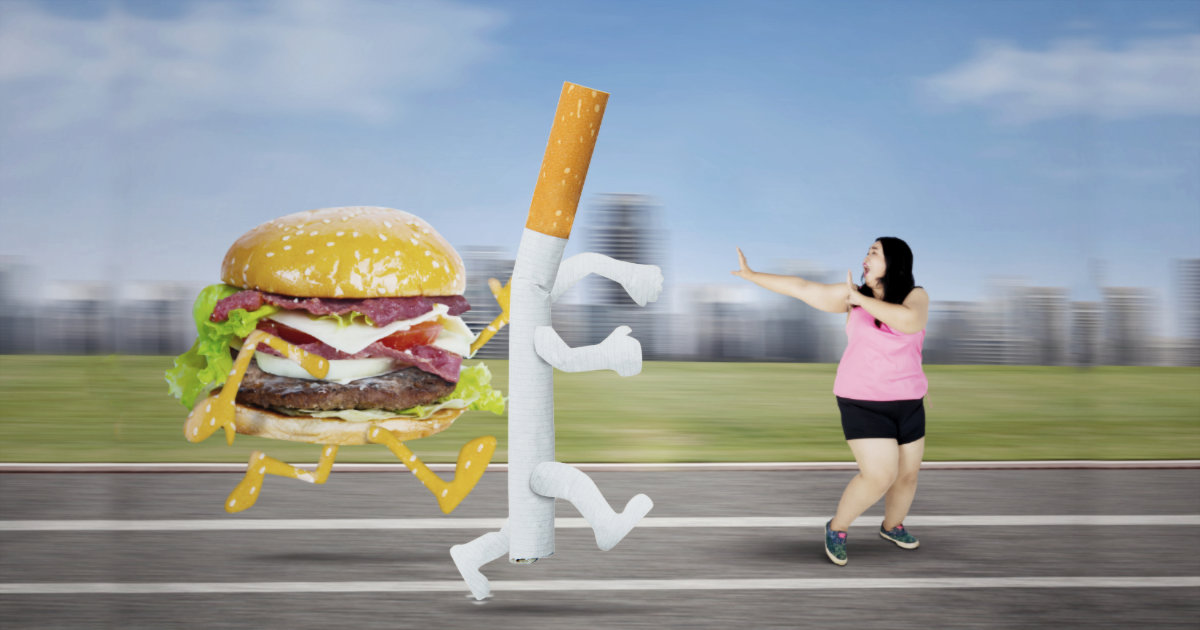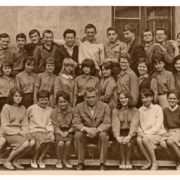Lifestyle, Activity, and Aging
Here’s the question: if the subjects with the highest leisure-time physical activity (LTPA) lived longer, why did those subjects age faster based on the tests used in the study? The answer is complicated.
Exercise and Longevity
The researchers analyzed the data several ways. In the first analysis, they adjusted the data for sex, age, and health status; that makes sense because we know those factors impact longevity independent of exercise. Then they adjusted for education, body mass index, smoking, and alcohol use.
The first model was as expected with a continuing decrease in rate of death as physical activity increased. But when the other factors were included in the analysis, the hazard ratio (risk of dying) dropped from 23% to the reported 7%. What does it say in simple terms? If you smoke, drink a lot of alcohol, or are overweight or obese, exercise can only do so much. In short, your lifestyle matters.
Biological Aging
Taken from the paper’s text:
“Biological aging is the gradual and progressive decline in system integrity that occurs with advancing age and results in increased risk of morbidity and mortality. Epigenetic clocks produce estimates for biological aging based on DNA methylation (DNAm) alterations within specific locations in DNA sites and are one of the primary hallmarks of biological aging.”
The blood tests used two biological aging “clocks” based on the subjects’ DNA. They found that those who were the most active had a similar aging pattern in their DNA to those who were sedentary. That’s why the headline said high levels of LTPA increased aging.
What they couldn’t explain was why. They defined high levels of physical activity as ranging from fast walking to competitive running—that’s a pretty wide range. Does high LPTA damage those areas of DNA more? Why would it be similar to being sedentary? It lends itself to examining the measurement used for the test and to future research on other factors that may play a role, such as nutrition.
The Bottom Line
The paper provides insight into the importance of physical activity in our lives. What needs further examination is why high levels of physical activity would result in damage to DNA that mimics someone who is sedentary and raises the question of whether excessive exercise has a negative effect. As unusual as it would be to say someone exercises too much, it’s possible, and it could be more harmful as we get older. But it’s important to note that only 5% of the subjects had biological aging tested, so the sample size is small considering the follow-up was 30 years.
The real message? Physical activity isn’t enough to overcome a poor lifestyle. The damage caused by excess weight, smoking, and alcohol use can’t be overcome by exercise alone, even at high levels of physical activity. It still comes down to what I always say: Eat less. Eat better. Move more. That’s a great place to begin.
What are you prepared to do today?
Dr. Chet
Reference: https://doi.org/10.1101/2023.06.02.23290916









